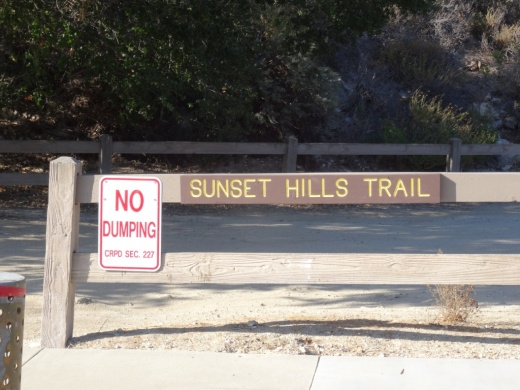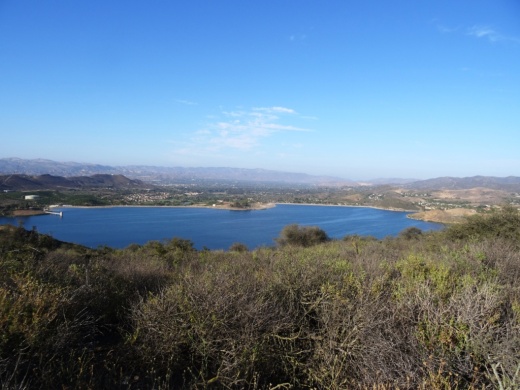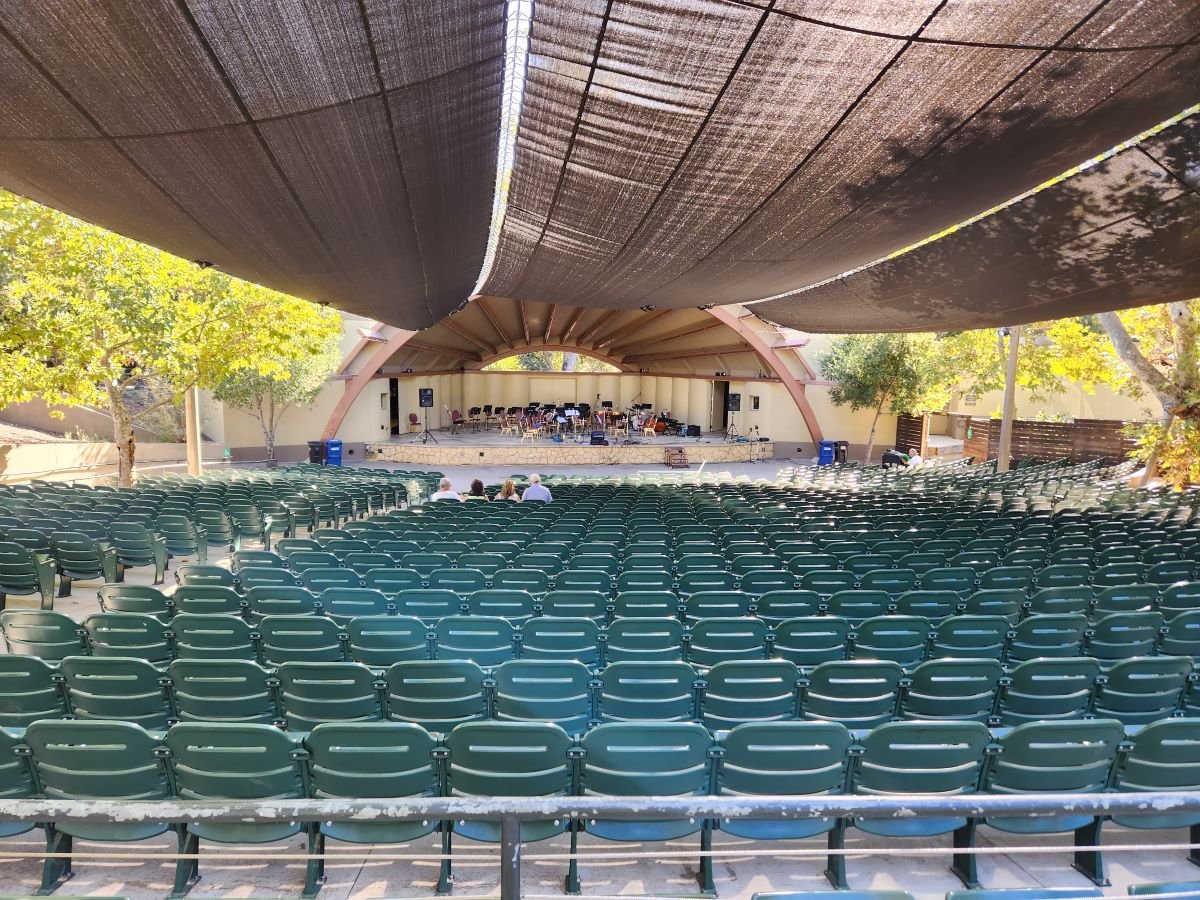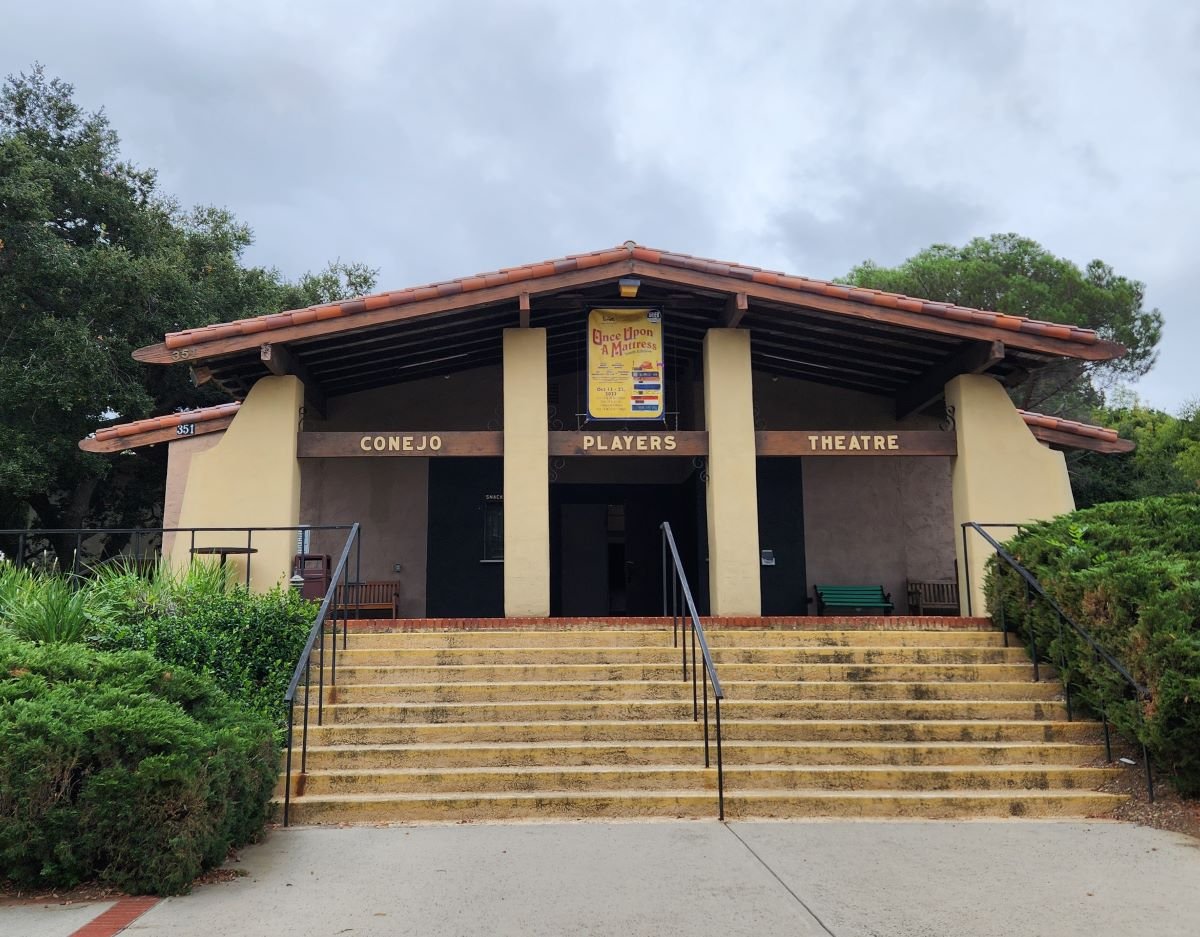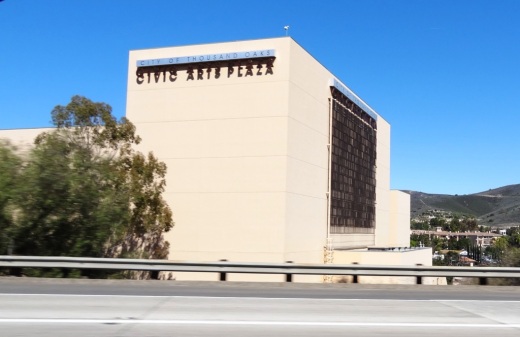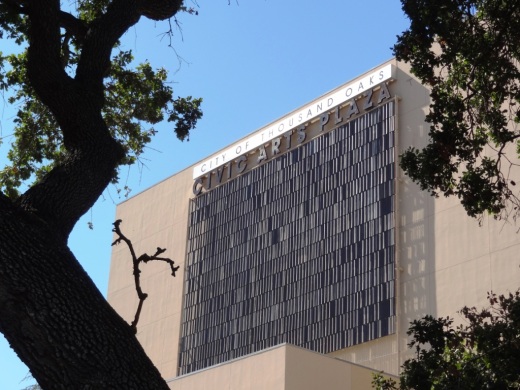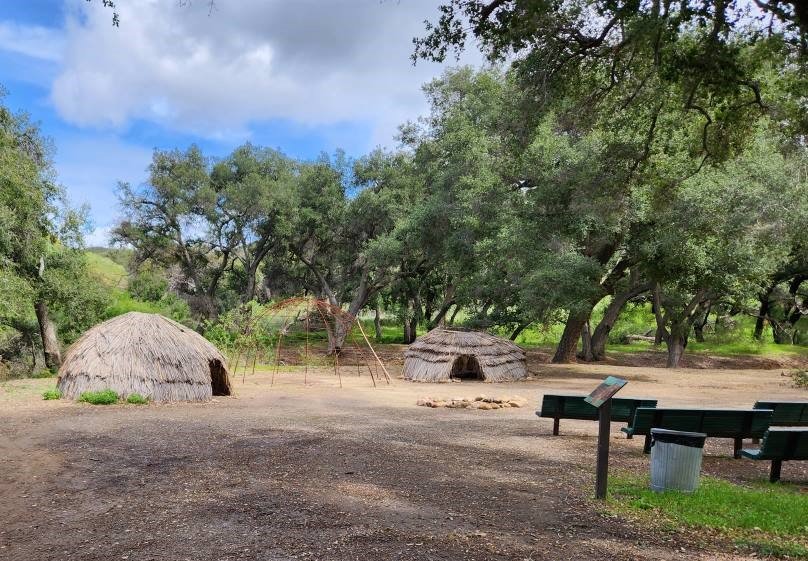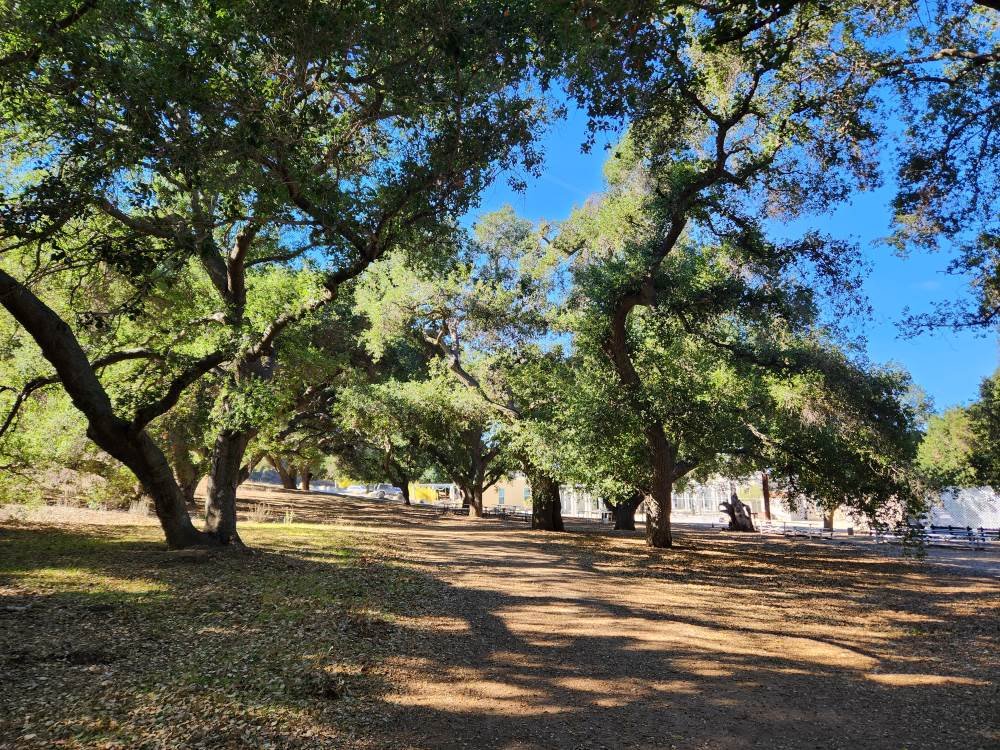Sunset Hills Trail in Thousand Oaks
/The Sunset Hills Trail is easily accessible off of Erbes Road in Thousand Oaks, just 7/10ths of a mile north of Sunset Hills Boulevard, just past Fernleaf Court.
There's a triangular dirt parking lot on the east.
This is a pretty easy mile or so trail that takes you past the Bard Lake Reservoir. The reservoir is of course is fenced in but you'll be treated to its beauty as you make your way up. Lake Bard is owned by the Calleguas Water District for storage of up to 10,000 acre-feet (3.3 billion gallons) of water used to meet peak summer demand and emergency requirements.
In fact, most all the way up this fairly gentle, hilly slope, you'll get some great panoramic views of the entire area, including the Conejo Valley, Simi Hills and looking west towards Camarillo/Oxnard. Continue east and you will reach the Woodridge Open Space in Thousand Oaks.
The Sunset Hills Trail is maintained by the Conejo Open Space Foundation. More information at cosf.org/trails/other-trails/easy-hike-sunset-hills-trail.
An additional, and perhaps more popular hike provides even better view of the Bard Reservoir. Take the additional loop in the shape of Maine (kind of) either clockwise or from the first juncture or counterclockwise after cresting the hill. If you go to the top of the hill take the trail on the left and continue onwards. You will see some steps and a bench to take in the views along the way.
(Map courtesy of the conejo Open Space Foundation) Green highlighted section is a nice loop to hike - good family hike.
After cresting the first hill from Erbes Road, find the loop trail on the left.
A short walk to this bench that overlooks Bard Reservoir.
Continue on the trail until it loops around and goes south., parallel to Highway 23
Soon you will be back at the main trail, passing through this tree-tunneled section.

